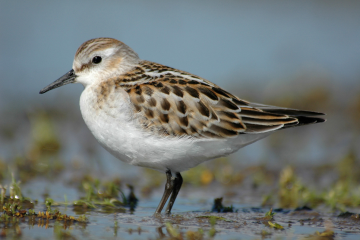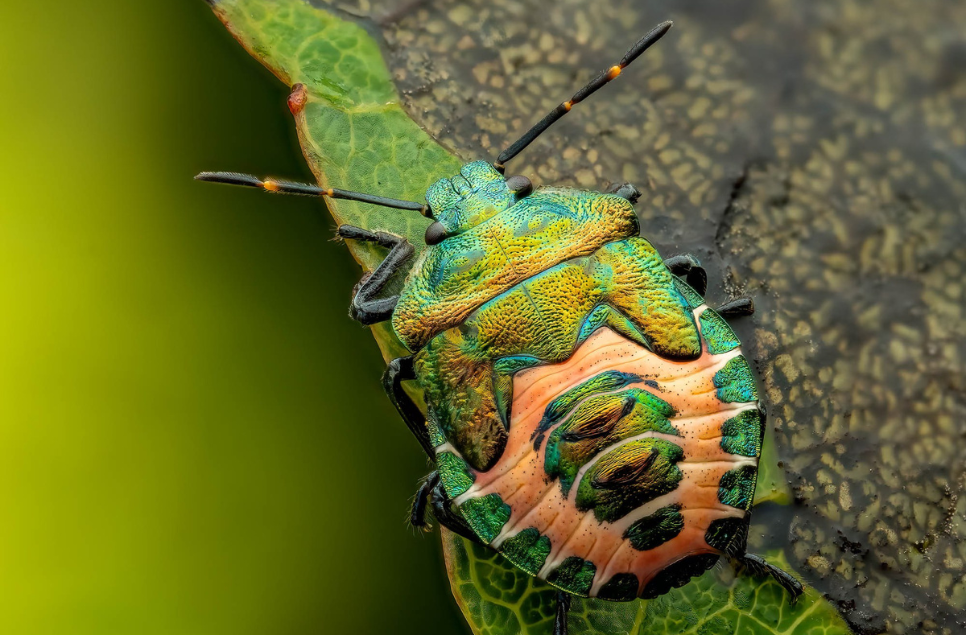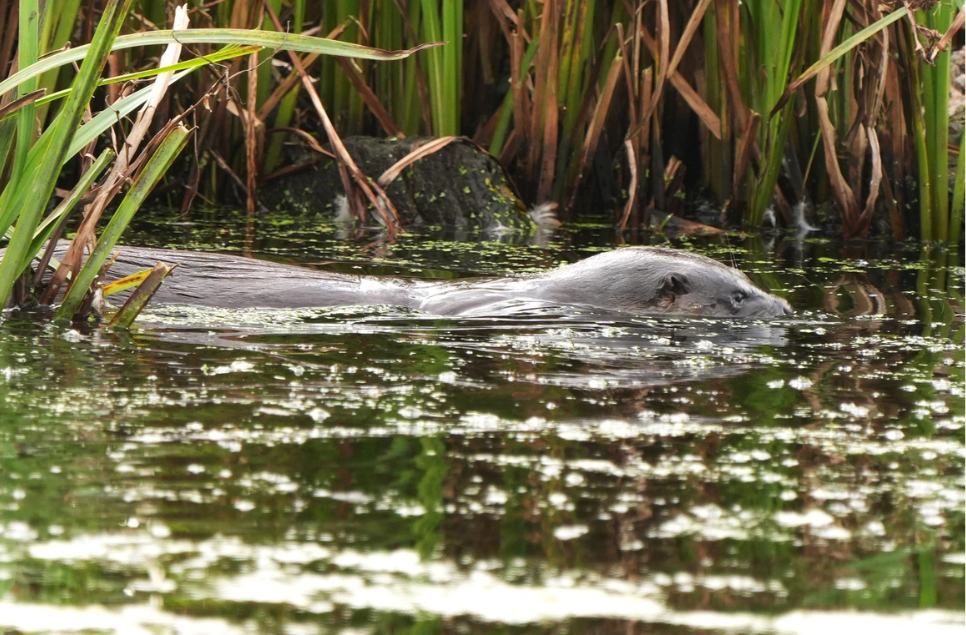Recent Wildlife Sightings 28th September - 4th October
Highlights: Wheatear, Black Rustic Moth, Meadow Pipit, Skylark
With the reserve battered by stormy weather last weekend, most creatures buried themselves away from the gale-force winds, but a range of autumnal wildlife brought us some relief on the calmer days that followed.
Highlights: Wheatear, Black Rustic Moth, Meadow Pipit, Skylark
Visitors to Millennium Wetlands this week have probably witnessed some of the rather messy habitat management that’s taking place now that breeding bird species have dispersed. Ponds and ditches are cleared on rotation every few years, removing dominant plants that have stifled biodiversity, allowing new growth to emerge and give the water a new lease of life. While this work is disruptive in the short-term, the ecosystem of the reserve will benefit greatly in the coming years.
One side-effect of the clearing being carried out on Deep Water Lake is that invertebrates like worms and grubs are much easier for birds to access, giving them a plentiful supply of nutritious food. A passing female Wheatear was spotted taking advantage of this, hopping from a rock to pounce on unsuspecting critters. The name Wheatear is derived from a modified old English phrase that referred to the white rump on these birds – nothing to do with either wheat or ears!
Joining the Wheatear has been several small groups of Meadow Pipit, also passing through on migration south. This smaller grassland-dwelling bird does breed here, but many choose to travel to warmer climates to spend the winter. A rather plain bird with streaked brown plumage, they typically only gather in groups in winter, calling out to each other with a faint ‘tsi-tsi’ sound.
Not often seen away from the saltmarsh, Skylark have been heard flying overhead this week. Like Meadow Pipit, this species does breed locally, but some birds choose to overwinter elsewhere. We will have to wait until spring before we hear the tuneful song of these birds in their display flight - a once ubiquitous sight in the British countryside, but now much less common due to recent population decline.
Despite the high winds all week, a few moths were still brave enough to take flight and drop into our moth trap for us to marvel at. The adults of most moth species don’t survive into winter, leaving only those at the larval stage to face the colder months, but a few hardy species can still be found at this time of year. Several Green Brindled Crescent were caught, showing off their metallic green scales when viewed in good light. A few contrasting Black Rustic moths have also been found, with almost fully black forewings with a small yellow bar on each.


